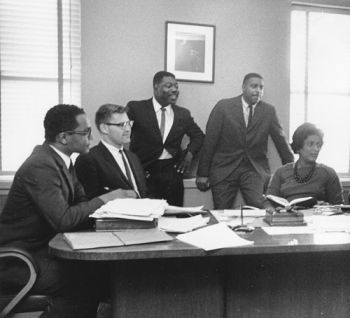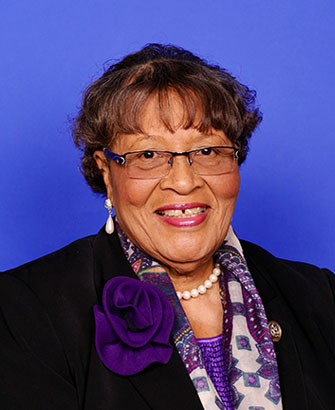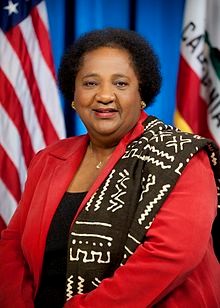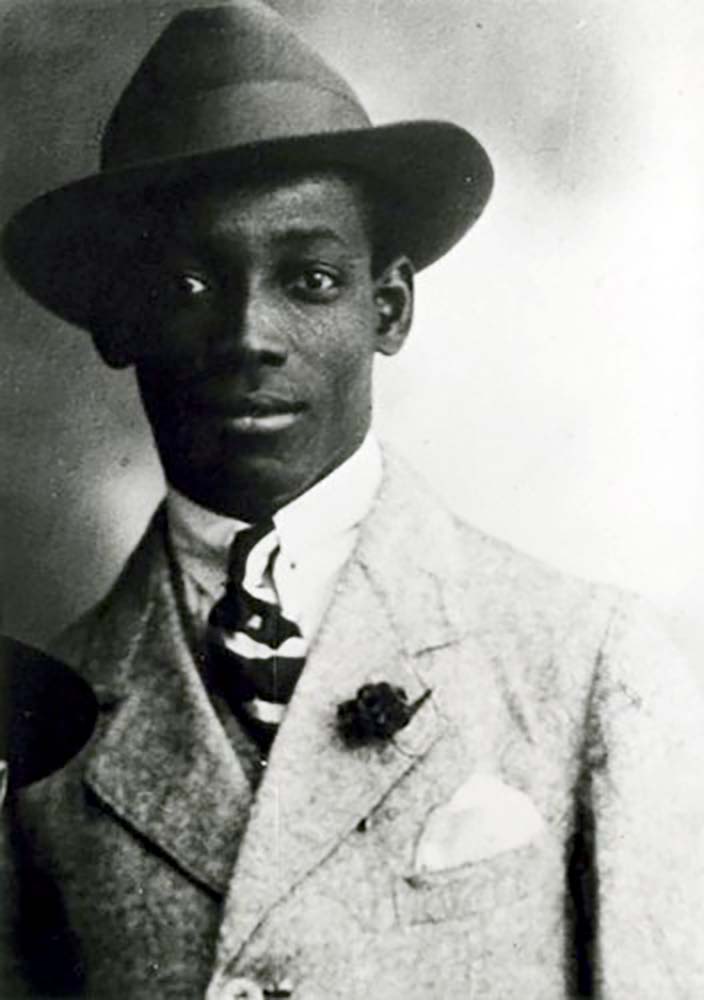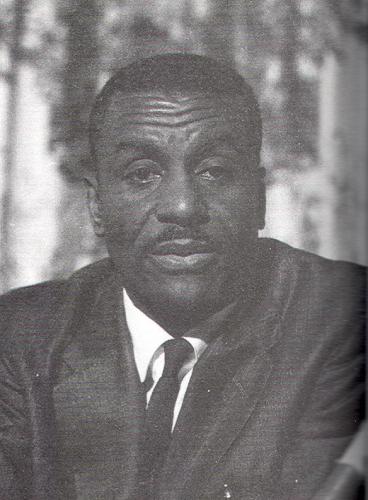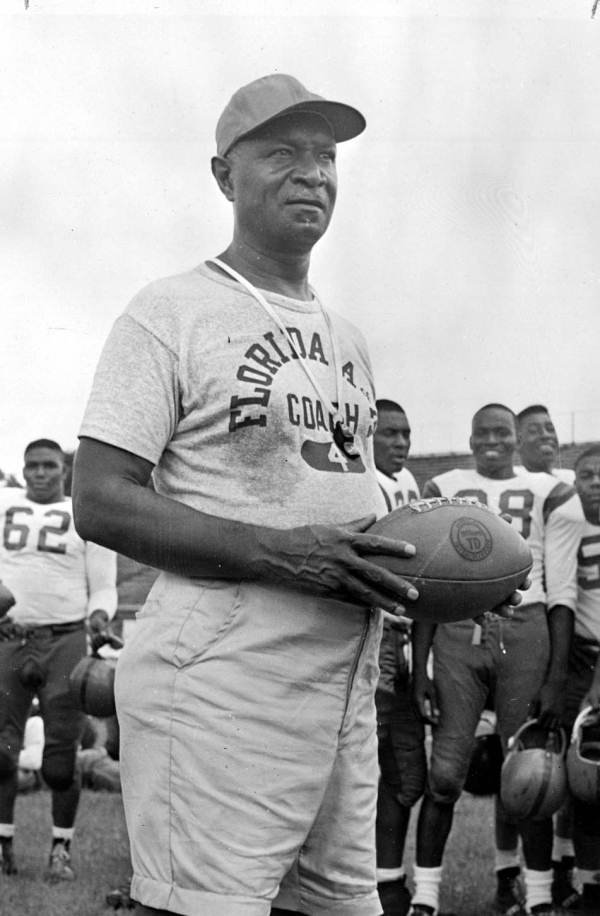The NAACP Legal Defense and Educational Fund, Inc. (LDF or, alternately, the ‘Inc. Fund’) provides legal services in the fight against racial discrimination. The National Association for the Advancement of Colored People (NAACP) program for reform had long combined legal challenges to de jure segregation and disfranchisement with public campaigns such as anti-lynching legislation and expanded educational opportunities. But increasing pressure from the Internal Revenue System (IRS) in the 1930s forced the NAACP to establish the separate LDF in 1940. It operates independently today as part of an ongoing struggle against racism in the United States.
The NAACP’s public campaigns against lynching in the 1920s drew increasing attention to the importance of fund raising and lobbying within the organization’s mission of challenging Jim Crow inequalities. In 1925 the IRS first rejected the right of donors to the NAACP to claim tax deductions on their federal income tax. This policy was reinforced in 1934 and 1938 on the grounds that the NAACP’s agenda was political, not charitable or educational. Concerned that this would discourage donations to the NAACP, national leaders supported the establishment of a separate “legal wing” under Thurgood Marshall’s leadership, championing the LDF as a partner to the NAACP itself.
Until the 1950s, the LDF and NAACP worked in tandem despite emerging tensions over leadership and focus. LDF lawyers shared NAACP office space in the early 1940s and officials often served flexibly within both organizations. The LDF benefitted from association with the established NAACP, yet NAACP and LDF staff sometimes clashed in competition over fund raising for various causes as well as over specific strategies aimed at challenging racial inequalities in the nation’s courts.
These tensions expanded after Marshall’s success in the Brown v. Board of Education (1954), which formally overturned the Plessy decision. Southern states responded to the momentous Supreme Court decision with both a variety of stalling tactics and crackdowns on organizations promoting integration and racial reform. Lawyers associated with the NAACP and the LDF were threatened with charges of illegally or unethically drumming up legal business in their pursuit of implementing the Brown decision while NAACP chapters were directed to register all members and contributors with the state, strategies intended to break down both organizations’ ability to operate in the South. By 1957 the LDF agreed formally to separate from the NAACP, hoping to save legal energies and protect financial resources from attack. The separation financially benefitted the LDF as public interest in the Brown cases brought increasing donations to the legal organization while the NAACP found itself relying more heavily on membership fees for financial survival.
The LDF continues to serve as a legal advocate for African American equality in the United States, working to support civil rights gains made in the 1960s such as the Civil Rights Act of 1964 and the Voting Rights Act of 1965, as well as highlighting racial inequalities in our justice system.

